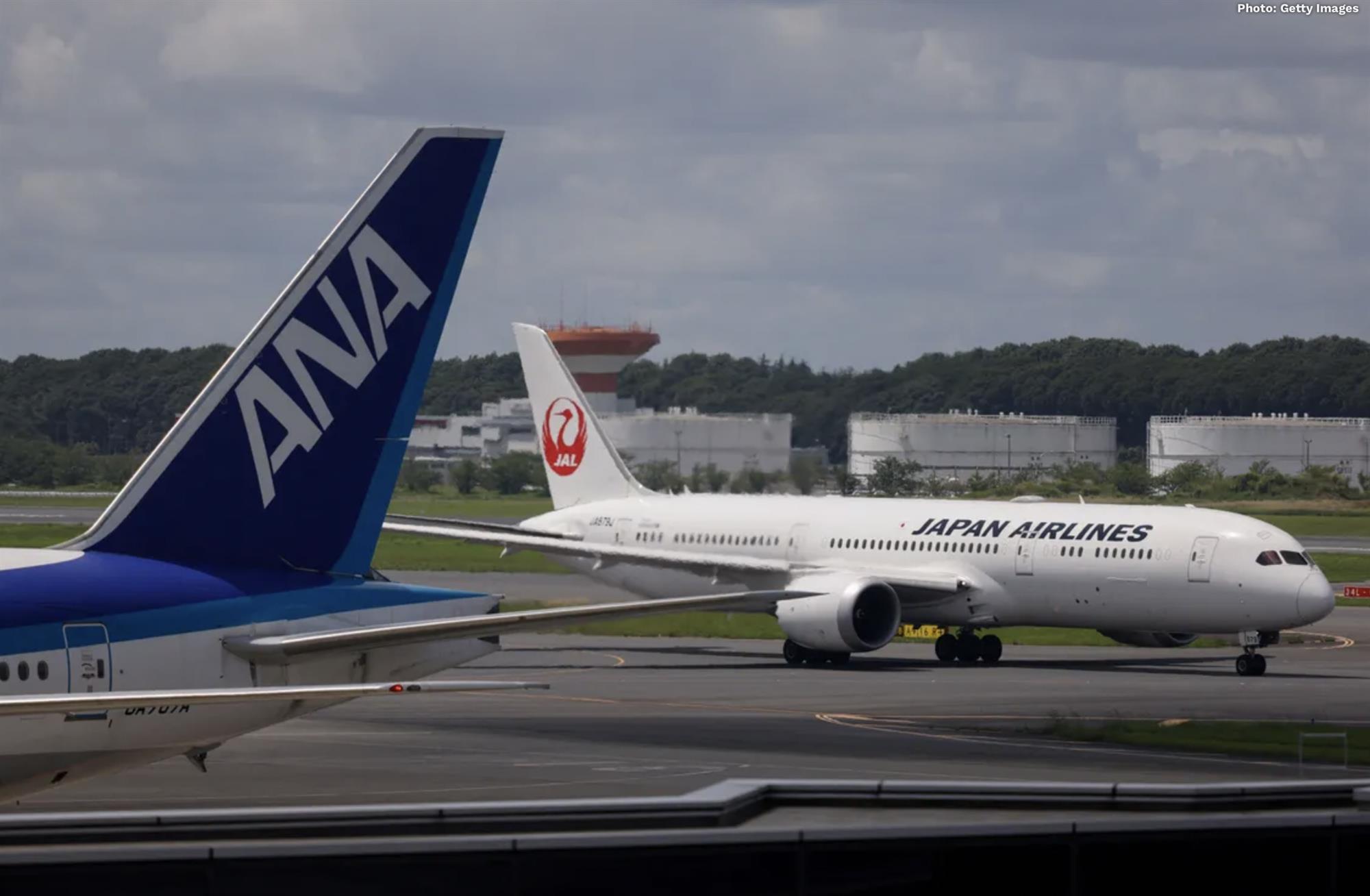As one of Asia's most technologically advanced nations with distinctive cultures and history, Japan has always been a significant hotspot for tourists and business travelers worldwide. However, the country was heavily closed off to international travel for a prolonged period, having only fully reopened in mid-September. Let's discuss how travel in Japan has changed since reopening.
Elevated levels of inbound travelers
International travel began returning to Japan when it allowed designated tour groups in June, which saw global passenger traffic hovering around 20% of pre-pandemic levels toward the end of August with approximately 120,000 visitors. The following month of September saw the numbers rise steadily to about 205,000 visitors, but the improvements were too gradual for Japan's economy to truly benefit from.
However, once Japan began removing all restrictions and allowing visa-free travel, air ticket bookings for flights to Japan more than tripled in three weeks. Foreign airlines also began ramping up flight frequencies to the country. And October was when the number of inbound visitors genuinely grew, as it jumped from approximately 205,000 the month before to an estimated 498,000. While still below pre-pandemic levels, the easing of restrictions did see Japan receiving about 30% more inbound visitors.
With the year-end holiday season, the numbers will continue to rise, especially since the demand is being stimulated by the weakened Japanese Yen, which has depreciated by almost 20% against the US dollar this year. The weakened Yen incentivizes more inbound visitors, especially Western visitors, to travel to Japan as the goods and services will be relatively cheaper for them to splurge on. As more Western travelers visit Japan, the nation has little to worry about regarding the deficit of Chinese tourists.
Dampened outlook for outbound and domestic travel
Unfortunately, the weakening Yen is only suitable for inbound travel to Japan, but the same cannot be said for outbound travel, as locals find it too expensive. Contrary to how air tickets for flights from a foreign country to Japan were skyrocketing with demand, air tickets for flights from Japan to a different country have remained depressed at 20% of pre-pandemic levels.
Additionally, the weakened Yen also affects demand for domestic travel, as flights between cities in Japan have become much more expensive. For major carriers such as Japan Airlines, All Nippon Airways, Peach Aviation, and ZIPAir Tokyo, the lack of outbound demand can still be compensated with increasing inbound demand.

Though not all Japanese carriers are as fortunate, especially domestic carriers such as Air Do, Skymark Airlines, and Spring Japan, to name a few. The lack of domestic demand has hindered their slow recovery from the pandemic. Unless the Yen starts appreciating, Japanese travelers are unlikely to go abroad, so the outbound travel numbers are unlikely to change anytime soon. But what about domestic travel within Japan?
Subsidized through a discount program
To boost domestic tourism and make air travel more affordable for Japanese travelers, the Japanese Government plans to implement a domestic travel subsidy program that will last through next year. Known as the National Travel Discount Program, the Government currently provides up to 11,000 Yen ($79) a night per person for seven days.
The money can be used for public transport and domestic air travel tickets, and the program also includes shopping and meal coupons. However, the maximum subsidy will likely be reduced to approximately 7,000 Yen ($50.50) per night for seven days from 2023. While the amount may be lower, it still provides hope for a more stable recovery for the Japanese domestic carriers.
Cre: Simple Flying
Nguyen Mai Huong-COMM










